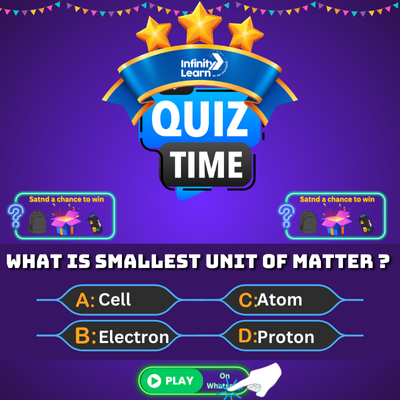What is Fermium? ; What Are Actinides? ; Fermium is a synthetic radioactive element with the symbol Fm and atomic […]
Uncategorized
Chemical Properties of Amines Acylation Basicity – Definition and Types
Basicity of Amines: An amine is a base because it can accept a proton (H+) from a water molecule. This […]
Acid Rain – Chemicals, Causes and Environmental Effects
What is Acid Rain? Acid rain is a type of precipitation that is high in acidity. The term “acid rain” […]
Hydrogen Sulfide – Definition, Properties, Structure and Preparation
H₂S Chemistry Hydrogen sulfide is a molecule composed of one hydrogen atom and one sulfur atom. It is a colorless […]
Dinitrogen Pentoxide – Definition, Chemical Structure, Properties and Preparation
What is Dinitrogen Pentoxide? Dinitrogen pentoxide is a binary compound of nitrogen and oxygen. It is a colorless gas with […]
Uses of Colorimeter – Parts, Functions, Types and Applications
What is Colorimeter? A colorimeter is a device used to measure the color of a material. It typically has three […]
Chemical Compounds | Definition and Types of Chemical Compounds
Definition and Types of Chemical Compounds ; A chemical compound is a substance composed of two or more atoms of […]
Atomic Structure – Theories of Dalton Atomic Theory, J.J Thomson Model, Bohr’s Atomic Model and Rutherford Model
Atomic Structure Atomic Structure – Theories: The atomic structure of an element is determined by the number of protons in […]
Aldehyde Group – Definition, Uses, Common Reactions and FAQs
What are Aldehydes? Aldehyde Group – Definition: Aldehydes are organic compounds with the general formula R-CHO, where R is a […]
Cleaning Capacity of any Soap in Hard and Soft Water
cleaning-capacity-of-any-soap-in-hard-and-soft-water Soaps are amphoteric, meaning they can act as an acid or a base. In hard water, soap combines with […]


